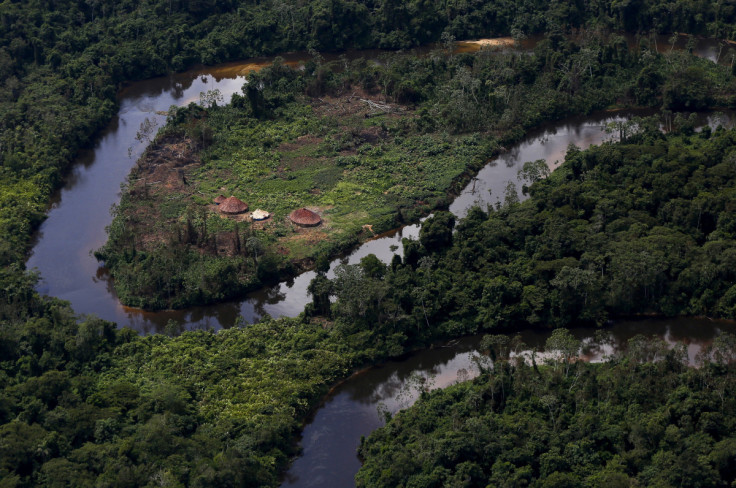Newly Discovered Snake Species Named After Leonardo DiCaprio's Mom

KEY POINTS
- The snake was named Sibon irmelindicaprioae after the actor's mother
- The red-eyed snake reportedly lives by foraging for snails and slugs
- The species, along with others, are under threat of illegal mining
A newly-discovered snake species in Panama was named after Leonardo Dicaprio's mother after scientists gave the actor and environmentalist the honor to name the new species.
The snail-eating snake was named Sibon irmelindicaprioae after the actor's mother, Irmelin Indenbirken DiCaprio, according to a statement released by conservation-focused nongovernmental organization Khamai Foundation on Jan. 27.
The red-eyed snake is reported to be about 15 inches long and lives by foraging for snails and slugs on palm fronds. It is a tree-dweller that was first discovered in the Chocó-Darién jungle, which runs next to the Pacific Coast of Colombia and up into Panama.
Four more tree-dwelling snake species discovered in the jungles of Ecuador, Colombia and Panama were named by conservationist Brian Sheth, Re:wild and Nature and Culture International.
The other four newfound species described in a study are the canopy snail-eating snake (Sibon canopy), Marley's snail-eating snake (Sibon marleyae), Vieira's snail-eating snake (Sibon vieirai) and Welborn's snail-eating snake (Dipsas welborni).
While the mountainous areas where the new species were found are known for their wealth of new species, illegal mining continues to pose a threat to its wildlife, the study said.
"These new species of snake are just the tip of the iceberg in terms of new species discoveries in this region," lead author Alejandro Arteaga, president and research director at the Khamai Foundation, said in a statement. "But if illegal mining continues at this rate, there may not be an opportunity to make any future discoveries."
"Hundreds of illegal gold miners using backhoe loaders have now taken possession of the river margins, which are now destroyed and turned into rubble."
According to Arteaga, the presence of a conservation area may not be enough to keep the snail-eating snakes safe, particularly the S. irmelindicaprioae and S. canopy whose habitats are largely affected by large-scale mining.
Mining in the Panama jungles is currently legal and at the hands of a single corporation — the Minera Panama S.A.
"Both legal and illegal open-pit mines are uninhabitable for the snail-eating snakes," Arteaga said.

© Copyright IBTimes 2024. All rights reserved.





















